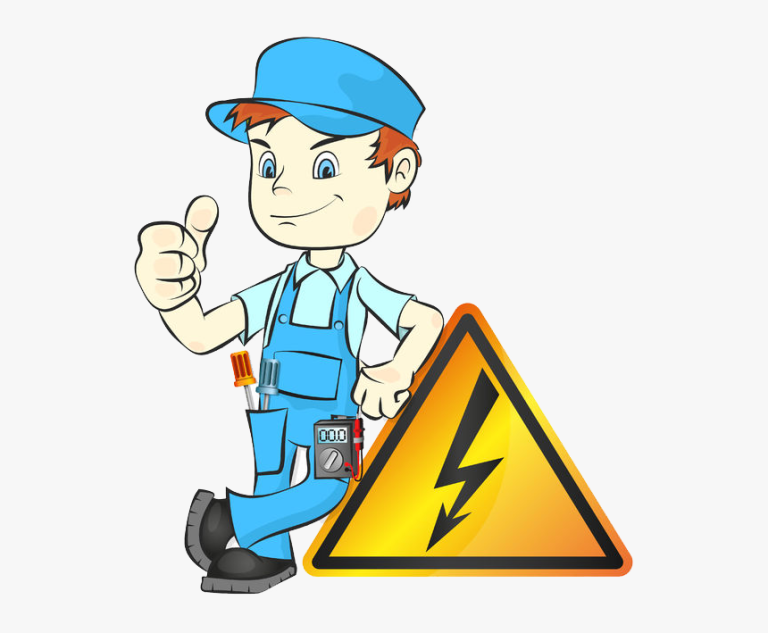The field of electrical engineering has undergone significant advancements over the past few decades, leading to major improvements in safety standards and practices. These developments are particularly relevant for professionals and businesses involved in electrical installations, maintenance, and operations. As technology evolves, so does the need for enhanced safety measures to protect both personnel and equipment. This article explores the latest trends and innovations in electrical safety, addressing the common pain points faced by those in the industry.
Evolution of Electrical Safety Standards
Electrical safety standards have been continuously evolving to adapt to new technologies and the increasing complexity of electrical systems. The introduction of rigorous international and national standards has been a critical factor in reducing electrical hazards. These standards encompass a wide range of aspects, from the design and installation of electrical systems to their operation and maintenance. Adherence to these standards not only ensures compliance but also significantly mitigates the risk of electrical accidents.
Importance of Grounding and Bonding
Grounding and bonding remain fundamental to electrical safety. These practices ensure that in the event of a fault, the electrical current has a safe path to the ground, thereby reducing the risk of electric shock or fire. Advances in grounding techniques and materials have made systems more reliable and safer. Regular inspection and testing of grounding systems are essential to maintain their effectiveness over time.
Innovations in Circuit Protection
Circuit protection technology has seen remarkable innovations aimed at enhancing safety. Modern circuit breakers and fuses are designed to respond more quickly and accurately to fault conditions, thereby reducing the risk of fire and equipment damage. The integration of smart technology into circuit protection devices allows for real-time monitoring and diagnostics, enabling proactive maintenance and fault prevention.
Electrical Safety in Power Distribution
Safe power distribution is critical in any electrical system. The use of a power distribution block, for instance, simplifies wiring, enhances safety, and improves the reliability of the power distribution system. This component neatly organizes and distributes electrical power from a single input source to multiple outputs, significantly reducing the risk of loose connections, overheating, and potential electrical hazards.
Advances in Personal Protective Equipment (PPE)
The development of advanced Personal Protective Equipment (PPE) has been a game-changer in electrical safety. Modern PPE is not only more effective in protecting against electrical hazards but also more comfortable and easier to use, encouraging higher compliance among workers. This includes arc-flash protective gear, insulated tools, and voltage-rated gloves, which are essential for anyone working on or near energized electrical systems.
Enhanced Training and Awareness
Training and awareness are key components of electrical safety. The availability of comprehensive training programs, both online and offline, has made it easier for professionals to stay updated with the latest safety practices and standards. These programs often include hands-on training, simulations, and assessments, ensuring that personnel are well-prepared to handle electrical systems safely.
The Role of Technology in Electrical Safety
Technology plays a pivotal role in advancing electrical safety standards and practices. The use of sensors, analytics, and automation in electrical systems allows for continuous monitoring and early detection of potential issues. This proactive approach to safety helps in preventing accidents and reducing downtime. Additionally, advancements in software tools enable better design, simulation, and analysis of electrical systems, ensuring that they are safe from the outset.
Addressing the Challenges of Renewable Energy Systems
As the adoption of renewable energy systems like solar and wind power increases, new safety challenges emerge. These systems often involve high voltages and currents, as well as complex power electronics, posing unique risks. Developing and implementing safety standards specific to renewable energy systems is crucial in mitigating these risks.
Emphasizing the Importance of Regular Maintenance and Audits
A critical aspect of maintaining electrical safety standards is the emphasis on regular maintenance and audits of electrical systems. This practice is essential for identifying potential issues before they escalate into serious problems. Routine inspections and testing of electrical components, wiring, and safety devices ensure that they function as intended and comply with the latest safety standards. Furthermore, regular audits help in identifying areas where safety practices may be lacking or where improvements can be made. This proactive approach not only enhances safety but also ensures the longevity and reliability of electrical systems, addressing a key concern for businesses that rely heavily on uninterrupted power and system efficiency. Keeping electrical systems well-maintained and regularly audited is a cornerstone of modern electrical safety practices, ensuring that businesses can operate smoothly without the fear of unexpected electrical hazards.
Conclusion
The advancements in electrical safety standards and practices represent a commitment to protecting lives and property in an increasingly complex and power-dependent world. These innovations not only address the current pain points in the industry but also pave the way for safer and more efficient electrical systems in the future. As technology continues to evolve, so will the strategies and tools to ensure electrical safety, making it an ever-relevant field for professionals and businesses alike.

